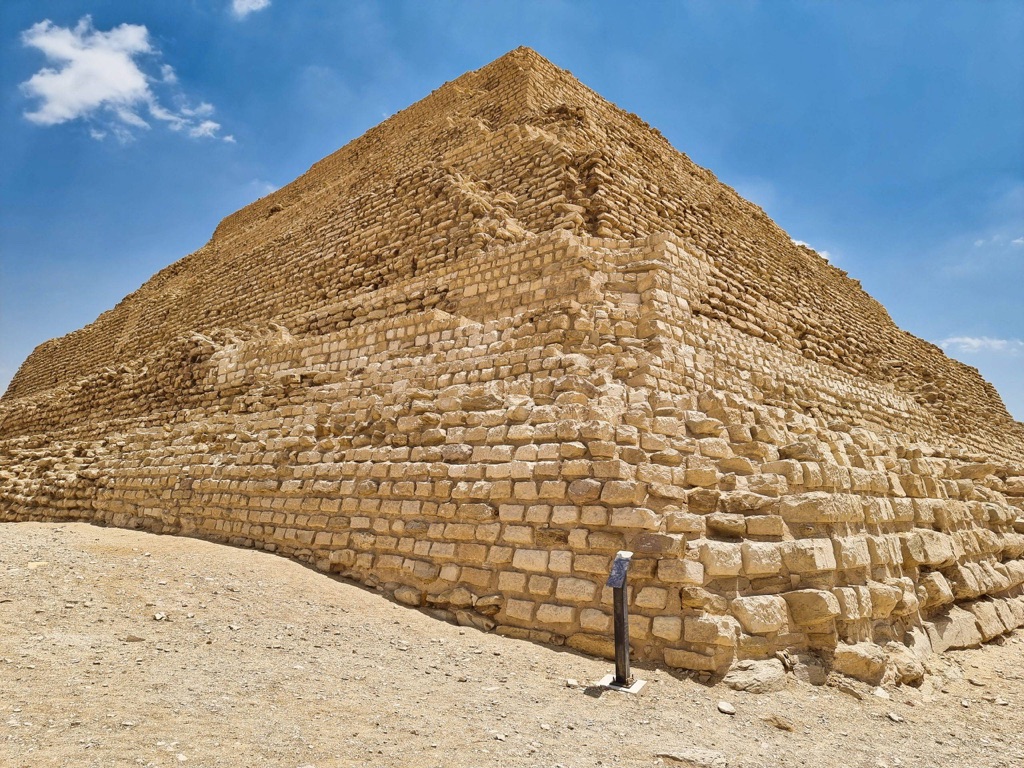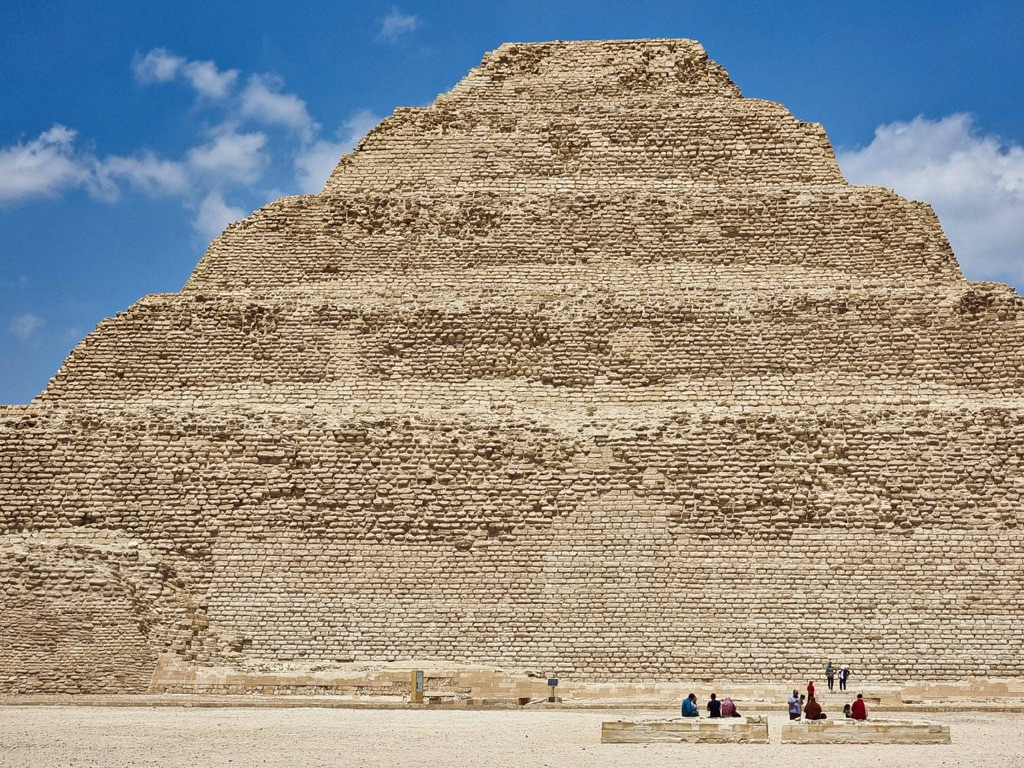Located in the ancient city of Memphis, Egypt, the Step Pyramid of Djoser is a fascinating testament to the architectural prowess of the Old Kingdom. This pyramid, the first colossal stone building and the earliest colossal stone pyramid, is a marvel that has intrigued historians, archaeologists, and tourists alike for centuries.
Get your dose of History via Email
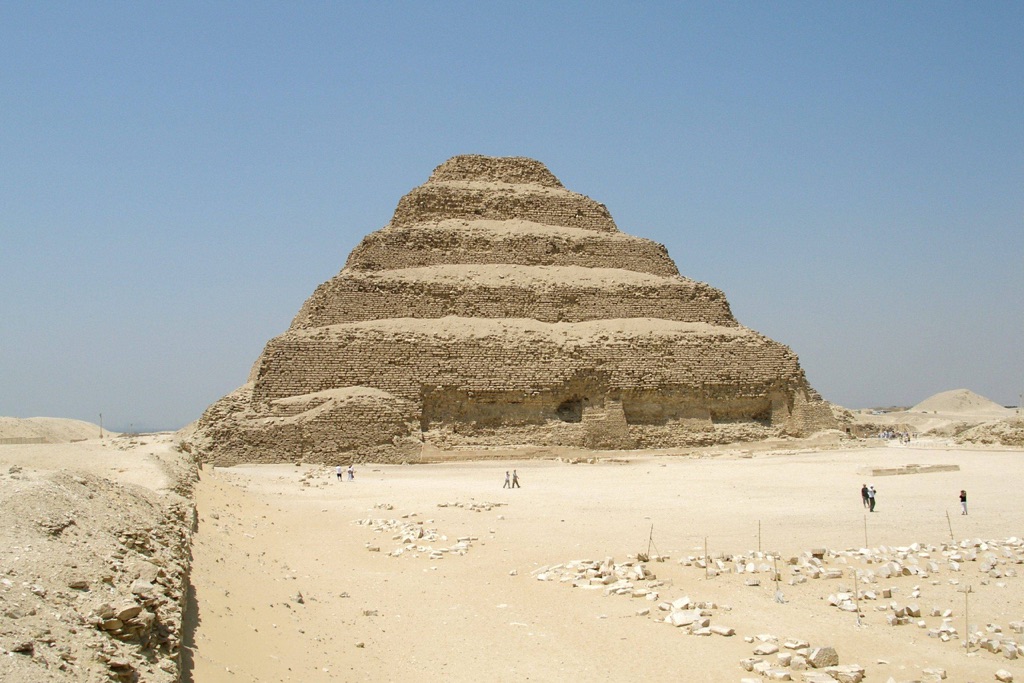
Historical Background
The Step Pyramid of Djoser was built during the 27th century BC for the burial of Pharaoh Djoser by his architect Imhotep. This pyramid is considered the earliest colossal stone building as well as the earliest large-scale cut-stone construction. It was a revolutionary design that marked a significant leap in ancient Egyptian architecture, setting the stage for the more famous pyramids of Giza and others that followed.
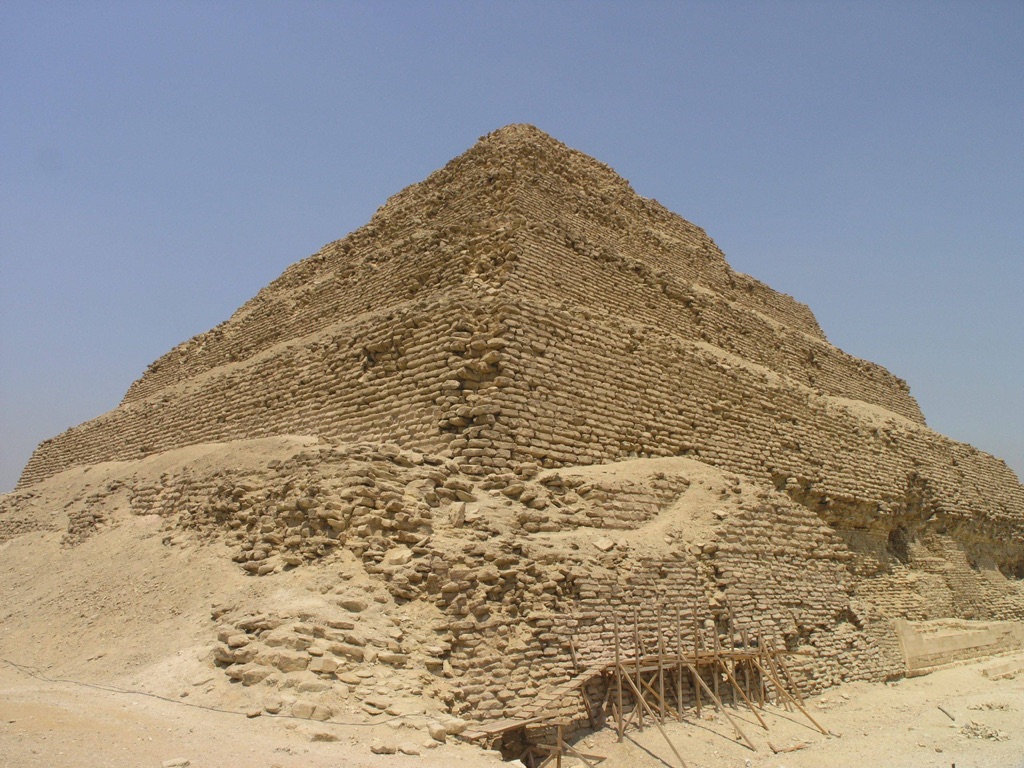
Architectural Highlights
The Step Pyramid is a six-tier, four-sided structure that is the earliest colossal stone building. It was originally built as a square mastaba, but was subsequently enlarged by adding one mastaba on top of another, resulting in the stepped appearance that gives the pyramid its name. The pyramid measures 121 meters (397 feet) on each side and was originally 62.5 meters (205 feet) high. The pyramid is part of a larger mortuary complex encompassing 37 acres, surrounded by a wall of light Tura limestone 10.5m high. The complex includes temples, chapels, and courtyards, all designed with an attention to detail that is truly remarkable for the time.
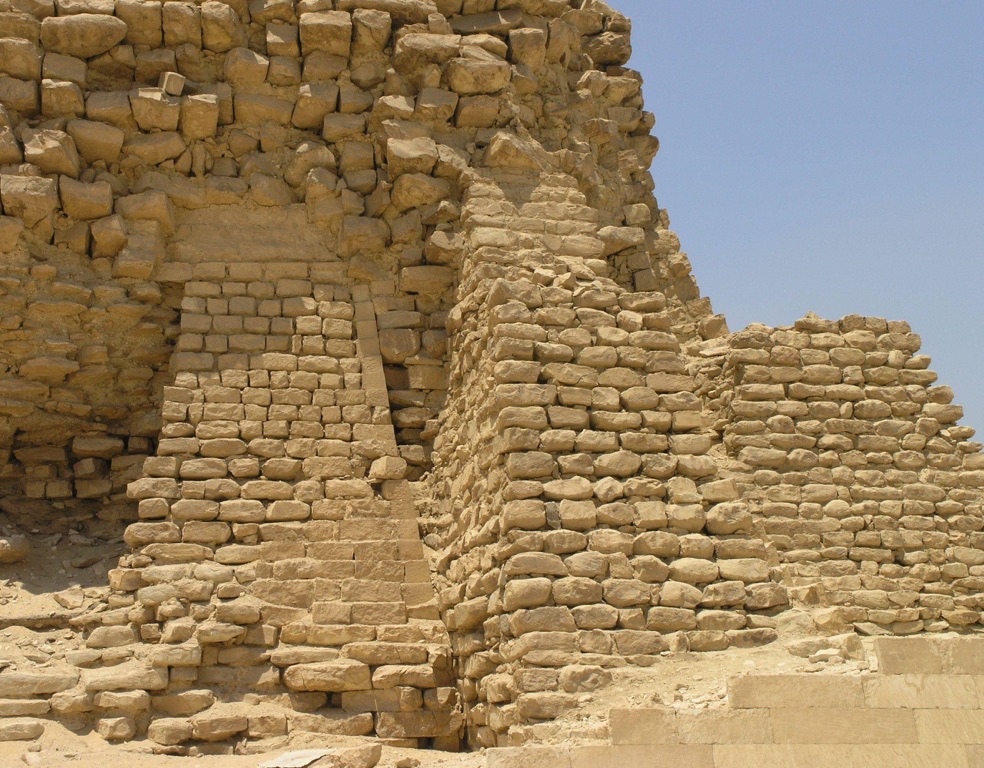
Theories and Interpretations
The Step Pyramid was built as a tomb for Pharaoh Djoser, but it was much more than just a burial place. It was a statement of royal power and religious belief. The pyramid’s unique design is thought to have been inspired by the ancient Egyptian concept of a stairway to the heavens, with each step bringing the pharaoh closer to the gods. The pyramid was also aligned with the cardinal points, which is thought to have had astronomical significance. Radiocarbon dating and other archaeological evidence suggest that the pyramid and its surrounding complex were built in the 27th century BC, during Egypt’s Third Dynasty.
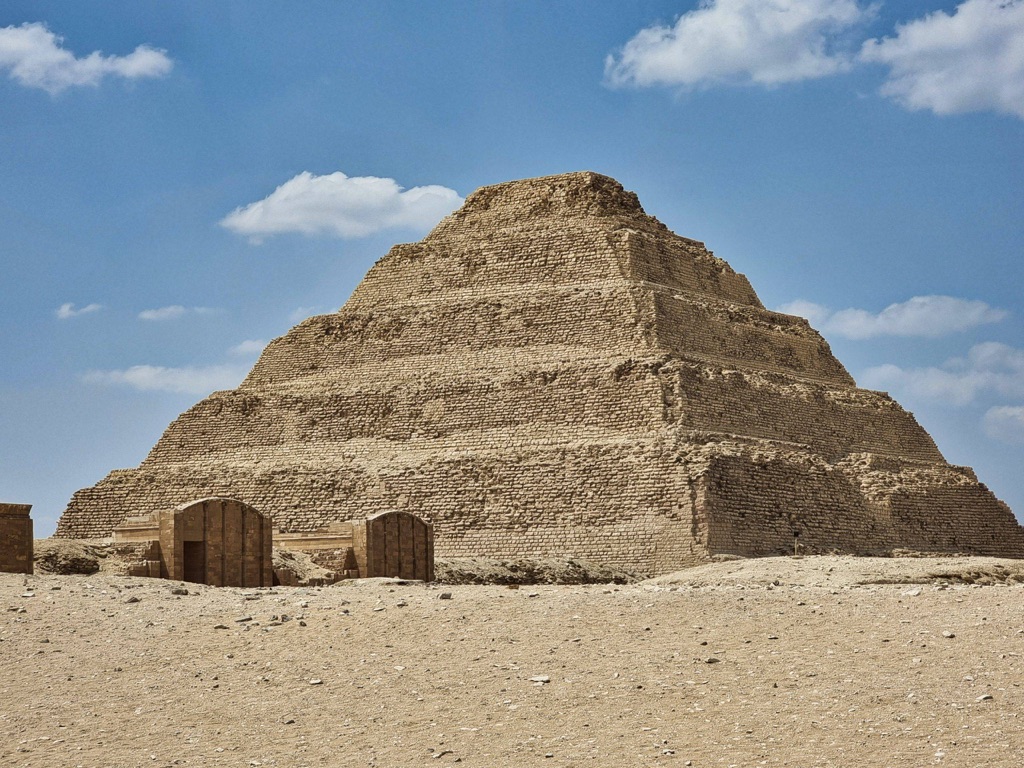
Good to know/Additional Information
Imhotep, the architect of the Step Pyramid, was later deified by the Egyptians and worshipped as a god of medicine and architecture. His innovative design for the pyramid was a significant departure from the traditional mastaba tombs of the time, and it set a precedent for future pyramid construction in Egypt. The Step Pyramid of Djoser is not just an architectural marvel, but also a testament to the ingenuity and vision of its architect, and the enduring legacy of the civilization that built it.
